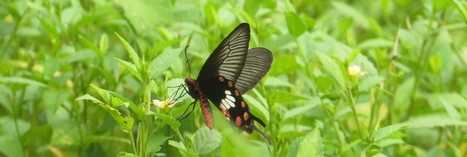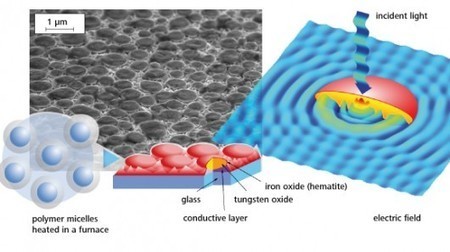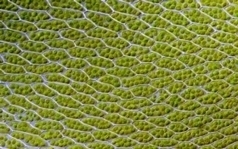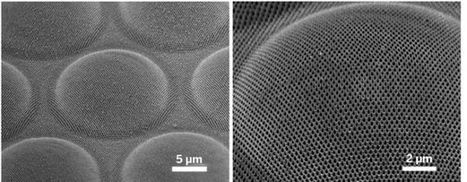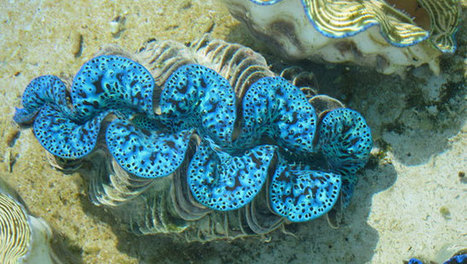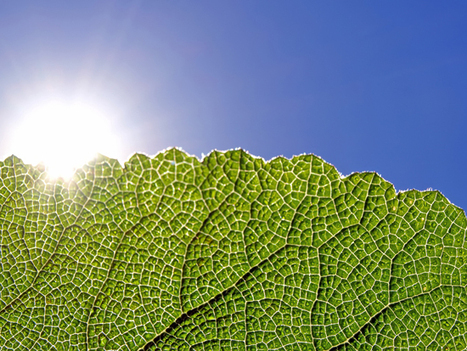Researchers recently took cues from butterflies to design thin film solar cells that can better absorb light. The rose butterfly, common to India, has soft black wings that keep the insect warm with the sun’s heat. Mimicking the design of the butterfly’s wings, the scientists created a solar cell that The Verge reports can gather light twice as efficiently.
Research and publish the best content.
Get Started for FREE
Sign up with Facebook Sign up with X
I don't have a Facebook or a X account
Already have an account: Login
 Your new post is loading... Your new post is loading...
 Your new post is loading... Your new post is loading...
|
|




